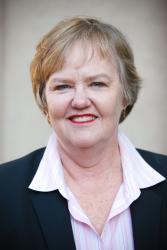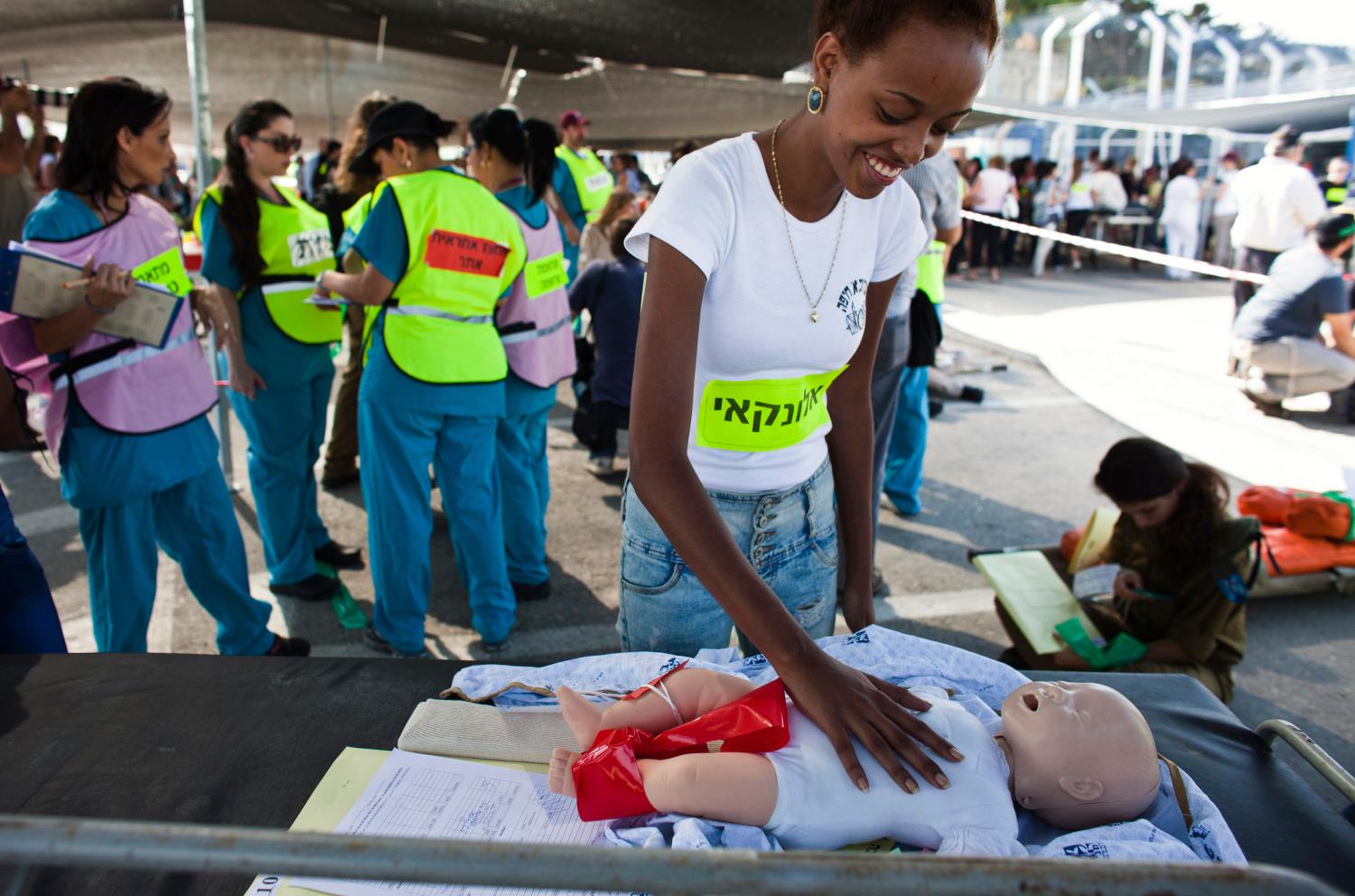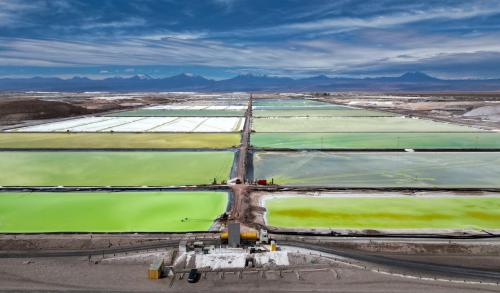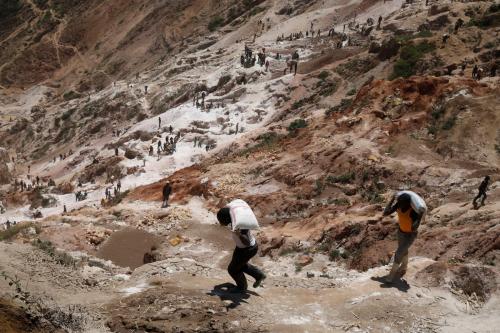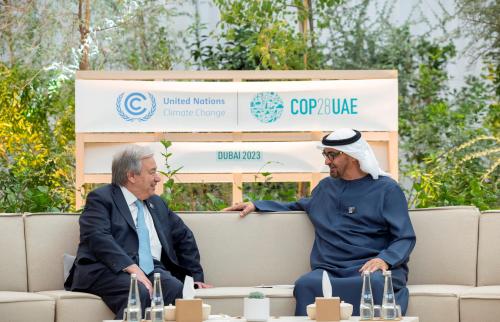Women and girls, who account for over half of the 200 million people affected annually by natural disasters, are typically at greater risk from natural hazards than men – particularly in low-income countries and among the poor. Natural disasters and climate change often exacerbate existing inequalities and discrimination, including those that are gender-based, and can lead to new forms of discrimination.
The term “gender” refers to the socially-constructed roles, behaviors, activities and attributes that a society considers appropriate for a person based on his or her assigned sex at birth. Understanding the gender implications and facets of natural disasters and climate change is critical to effective disaster risk management practices that enable communities and countries to be disaster resilient.All women, men, girls and boys do not face the same needs and vulnerabilities in the face of natural disasters and climate change; there are differences within each group and between individuals regarding specific protection concerns and capacities – for example, people with mental or physical disabilities, minorities and indigenous populations, the elderly, chronically ill, unaccompanied children, childheaded household, female-headed households, widows, etc. – and over time throughout the disaster and post-disaster phases. Various factors, including social, economic, ethnic, cultural and physiological factors, affect not only the ways that disasters impact women, men, girls and boys, but also their coping strategies and their participation in prevention, relief, recovery and reconstruction processes.
Women play significant roles in all stages of disaster and climate risk management; they are often at the frontline as responders and bring valuable resources to disaster and climate risk reduction and recovery. However, the important roles or potential roles women take on are often not recognized, and women themselves “are largely marginalized in the development of DRR policy and decision-making processes and their voices go unheard.”
Yet, in most crisis situations, women and children account for the majority of those affected (e.g., more than 75 percent of those displaced by natural disasters, and typically 70 to 80 percent of those needing assistance in emergency situations). Moreover, global pressures of urbanization have particular implications for men and women in both urban and rural communities. As the frequency and severity of hydro-meteorological hazards due to climate change are predicted to increase, it is important to understand the relationship between gender and disasters.
This chapter examines some of the gender-related vulnerabilities and capacities in natural disasters, why it is important to adopt a gender-based strategy for planning and response, what a gender-based approach to disaster management looks like, and recommendations to relevant actors.
Download the full chapter » (PDF)
| « Chapter 3 – It Only Takes a Spark: The Hazards of Wildfires | Report Home » |
